
What is an Electric Bike and How Does It Work?
An eBike, short for Electric bike, or sometimes referred to as an electric bicycle, is a type of bicycle powered by a battery that provides power to a motor, which in turn assists pedaling through the use of motorized assistance. This type of motor can be activated by the rider through pedal actions, a throttle, or a combination of both.
1 Working Principles of Electric Bikes
2 What are the different types of electric bikes?
3 What are the benefits of riding an ebike?
4 Tips for purchasing an electric bike
5 Regulations for riding electric bikes in the United Kingdom
Working Principle of Electric Bicycles
Electric bicycles operate based on their electric assist systems, which include electrical components such as a battery, motor, controller, and other key elements.
1. First and foremost are the battery and pedals. The battery serves as the energy storage for the electric bicycle and is a crucial element in providing kinetic energy. Pedals, on the other hand, allow riders to contribute kinetic energy through pedaling actions. The commonly used battery type is the lithium-ion battery, chosen for its high energy density and lightweight properties. The battery is installed on the bicycle frame and can be classified as removable or non-removable.
2. The motor is responsible for supplying additional electric assistance to the electric bicycle, acting as a third party to assist the rider's pedaling efforts. The greater the power of the motor, the stronger the electric bicycle's climbing ability. Of course, climbing ability is also influenced by the type of tires used.
3. If we consider the electric bicycle as a human body, the controller serves as the brain. It is the core of the electric assist system, first receiving electrical energy from the battery. The controller then regulates the motor's speed, power, and other parameters to control the electric bicycle, similar to how our body undergoes processes before performing an action. The speed, power, and other parameters of the electric bicycle are adjusted through the controller.
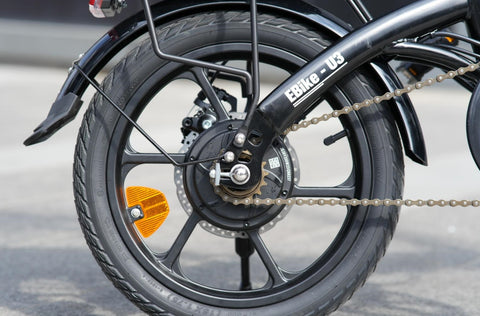

In summary, the working principle of electric bicycles involves the battery and riders providing energy to the bicycle through pedaling actions. The controller manages the operation of the motor, adjusting electric assistance based on the rider's pedaling actions and riding conditions. This makes cycling more effortless, faster, and retains the traditional characteristics of pedal power and human-driven propulsion found in traditional bicycles.
What categories do electric bikes include?
Common types of electric bicycles include urban electric bikes, mountain electric bikes, folding electric bikes, road electric bikes, leisure electric bikes, cargo electric bikes, and tricycle electric bikes, each with different performances and applications.
Let's explore the differences among them:
Urban Electric Bikes: These are the most common type, often used for commuting and short rides in cities. Designed for urban convenience, they are simple, comfortable, and equipped with features like front baskets, luggage racks, and lighting systems.
Mountain Electric Bikes: Also known as off-road electric bikes, they are specifically designed for off-road and rough mountain terrains. These bikes feature large tires and high-power motors to tackle various slopes and terrains while providing a comfortable riding experience.
Folding Electric Bikes: These bikes are designed for easy carrying and storage, hence the name "compact electric bikes." They can be folded to occupy minimal space and are often stored in car trunks, making them suitable for riders who use multiple modes of transportation, combining cycling with public transit.
Road Electric Bikes: Upgraded versions of traditional road bikes, they come equipped with electric assistance systems for easier riding. Road electric bikes comply with traffic regulations, are lightweight, and suitable for long-distance travel and high-speed riding.
Leisure Electric Bikes: Prioritizing a relaxed riding experience and comfort, leisure ebikes feature an upright riding position and comfortable seats, often used for casual trips or family outings.
Cargo Electric Bikes: If you need to carry a lot of items and enjoy cycling, cargo ebikes are your best choice. They feature sturdy luggage racks and canopies, commonly used for courier services and goods transportation.
Of course, the above are just some of the main types of electric bicycles. There are various other electric bicycles in the market tailored for different purposes, variations, or special designs.
|
|
|
What are the Benefits of Riding an Electric Bike?
Convenient Mode of Transportation: Electric bikes offer a quick way to navigate through cities, avoiding traffic congestion. The electric assistance system helps riders reach their destination more quickly and easily, making commuting a more relaxed experience.
Economical Choice: Riding an electric bike is generally more cost-effective compared to cars and motorcycles. The overall costs, including purchase and maintenance, are lower. Users can recover their investment in a short period, reducing expenses associated with cars, such as parking fees and fuel costs.
Physical Exercise: Riding an electric bike involves pedalling and provides moderate exercise, benefiting cardiovascular health, muscles, and joints. Despite the assistance from the electric system, riders still actively engage in pedalling movements.
Mood Improvement: Cycling releases endorphins and dopamine, among other happiness hormones, helping alleviate stress, anxiety, and depression.
Social Interaction: Riding an electric bike is an active outdoor activity that can be shared with other cyclists or friends. This contributes to building social connections and increasing social interaction.
|
|
|
Electric bike buying tips
Firstly, establish the primary purpose for purchasing your electric bicycle. Will it be for daily commuting, leisurely rides, or long-distance travel? Different purposes may require different types of electric bicycles.
Electric bicycles come in various types, including urban electric bikes, mountain ebikes, folding ebikes, road ebikes, leisure electric bikes, cargo ebikes, and more. Choose the type that suits your needs and preferences.
✓ Motor and Power: Understand the types and power of the electric bicycle's motor. Generally, there are mid-drive systems and hub-drive systems. A higher power mid-drive system often indicates higher speed and better climbing ability.
✓ Battery Capacity and Range: Check the electric bicycle's battery capacity and range. Range depends on factors such as battery capacity, riding style, and terrain. Choose a range that meets your daily needs. Different electric bicycle models have varying ranges, so choose one suitable for your daily requirements.
✓ Suspension System and Tires: If you plan to ride on uneven terrain, consider choosing an electric bicycle equipped with front and rear suspension systems. Larger tires typically provide better stability, and a suspension system can offer a more comfortable riding experience.
✓ Folding Functionality: If portability is a concern, consider purchasing an electric bicycle with folding functionality. This design makes it easier to carry the bike on public transportation or to the office.
The above purchasing tips cover the primary considerations for buyers. However, there are many other factors to consider, such as additional features and accessories, brand and quality, regulations and restrictions, brake systems, etc. These factors should align with the buyer's specific needs.
| explore isinwheel electric bikes |
In the United Kingdom, Regulations for Riding Electric Bicycles
Classification of Electric Bicycles: Based on the power of the electric assistance system, electric bicycles are divided into two categories:
EAPCs (Electrically Assisted Pedal Cycles): Power does not exceed 250 watts. Additionally, the electrically assisted speed of the electric bike cannot exceed 15.5 miles per hour (25 kilometers per hour). These vehicles do not require registration or taxation, can be ridden on public roads, and riders are not required to wear helmets.
Age Restrictions: According to UK regulations, riders of EAPCs must be a minimum of 14 years old. For riders aged 14 to 17, wearing a helmet may be advisable.
Use on Public Roads: Electric bicycles can be ridden on public roads, but riders must adhere to traffic rules and signs.
Insurance and Registration: Currently, electric bicycles typically do not require registration, and purchasing third-party liability insurance is not mandatory.
Road Usage Regulations: Electric bicycles can operate on most public roads, but there are some prohibited areas for riding. Additionally, the maximum assisted speed of electric bicycles may be subject to restrictions, and those exceeding the specified speed may need to comply with motorcycle regulations.
The information above regarding the regulations for electric bicycles in the United Kingdom is for reference only. Due to potential changes in UK bicycle regulations, it is essential to consult the latest official guidelines from the UK Department for Transport or seek advice from the relevant authorities. This ensures that the electric bicycle you purchase complies with your requirements and adheres to current regulations.
The Latest Posts
Explore isinwheel products
City E Scooter | Off-Road Scooter
Fastest Scooter | Kids Scooters
Electric bicycles · Folding Electric Bikes · Road Electric Bikes ·








































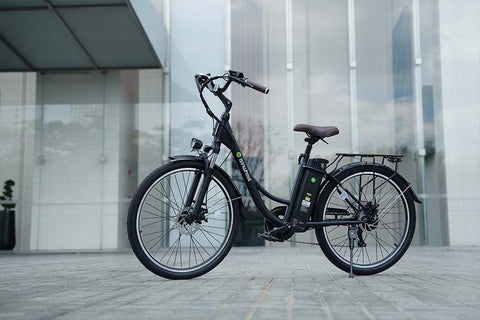


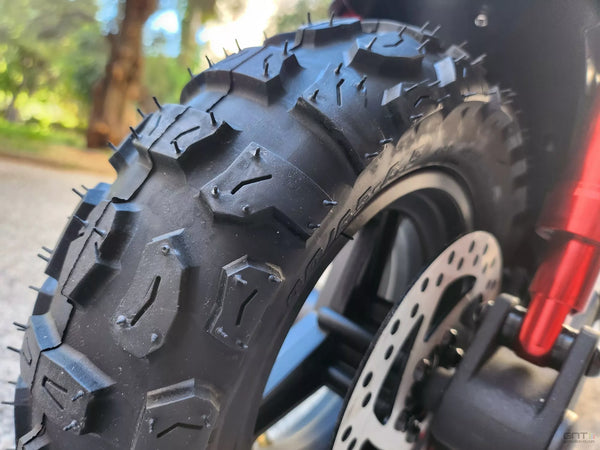







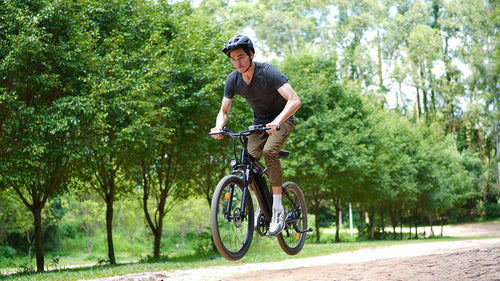





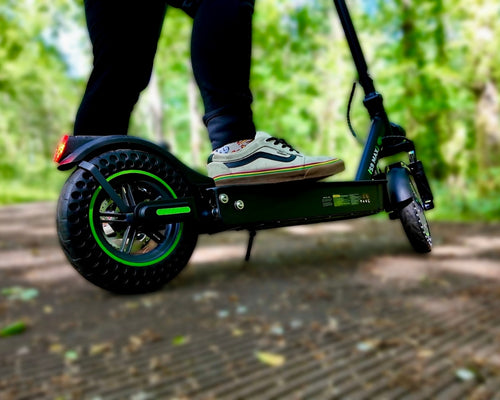

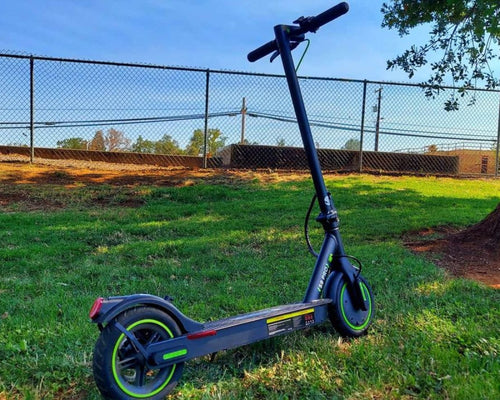





Leave a comment